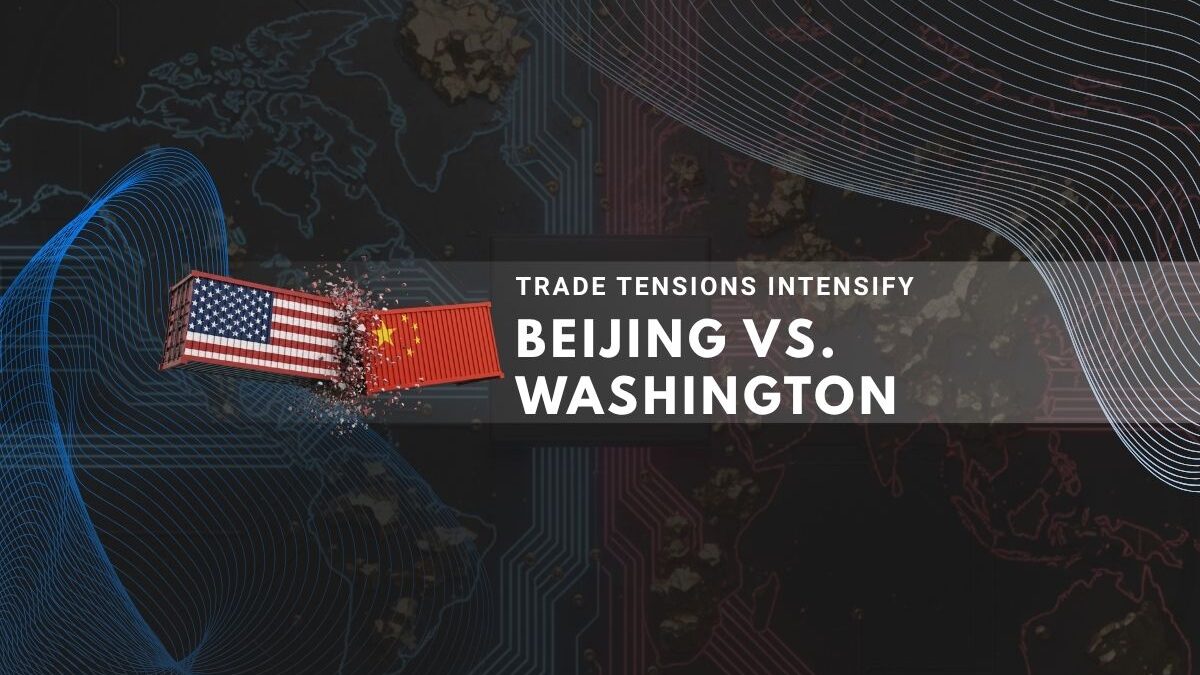China defended its newly expanded rare earth export controls on October 12, 2025, calling US President Donald Trump’s tariff threats hypocritical while stopping short of imposing immediate retaliatory measures. The exchange followed China’s October 9 announcement of restrictions on five additional rare earth elements and Trump’s October 10 threat of an additional 100% tariff on Chinese goods, escalating tensions that sent US markets into sharp decline [1][2][3].
China Expands Rare Earth Export Controls
On October 9, 2025, China’s Ministry of Commerce issued regulatory notices expanding export restrictions to cover 12 of 17 rare earth elements, adding holmium, erbium, thulium, europium, and ytterbium to previously restricted materials [4][5]. The new controls, taking effect November 8 and December 1, 2025, extend beyond raw materials to include downstream processing equipment, refining machinery, and related technical know-how used in defense, semiconductor, and advanced manufacturing applications [6].
China controls over 90% of global processed rare earth output and rare earth magnet production. The expanded framework now covers foreign producers manufacturing rare earth products using Chinese materials or equipment, requiring special licenses that detail end-use applications [7]. Beijing stated it would expedite approvals but deny applications related to defense uses and rigorously examine those involving advanced semiconductors and artificial intelligence technologies [8].
Trump Threatens Additional 100 Percent Tariffs
President Trump responded on October 10, 2025, threatening to impose an additional 100% tariff on Chinese imports beyond the existing 30% tariffs, effective November 1, 2025 [9][10]. In a Truth Social post, Trump stated there was “no reason to meet” with Chinese President Xi Jinping at a previously scheduled October meeting in South Korea, calling China’s export controls “surprising” and “hostile” [11].
The announcement included plans for export controls on “any and all critical software” manufactured in the United States. Trump characterized the move as responding to China’s actions after months of relative trade stability following a May 2025 90-day truce that had reduced tensions between the two countries [12].
Market Reaction and Economic Impact
US stock markets experienced sharp declines on October 10, 2025, following Trump’s tariff announcement:
- S&P 500 fell 2.7%, the steepest single-day drop since April 10, 2025
- Dow Jones Industrial Average declined 1.9%, losing 878 points
- Nasdaq Composite dropped 3.5%, leading losses among major indexes
- Technology stocks extended losses in after-hours trading, with Nvidia, Tesla, Amazon, and Advanced Micro Devices each falling over 2% [13]
The S&P 500 recorded its largest weekly decline since May 2025, while the Nasdaq posted its steepest week-over-week drop since April [14]. Analysts at 22V Research noted the moment represents significant risk for global supply chains, particularly those supporting artificial intelligence development, though neither side had implemented threatened measures as of October 12 [15].
Beijing Response Emphasizes Legitimacy
China’s Ministry of Commerce stated on October 12, 2025, that US complaints about rare earth export controls revealed “double standards,” noting that “China’s export controls are not export bans” [1]. The ministry linked recent US actions, including blacklisting Chinese companies and imposing tariffs, to deterioration in the atmosphere for bilateral trade discussions [16].
Beijing cited national security and military application concerns as justification for export restrictions while refraining from announcing new tariffs on US products. The ministry emphasized China does not want trade conflict but remains prepared to respond if necessary, stating that threatening high tariffs is not an effective negotiation strategy [17].
Diplomatic Implications
The absence of immediate Chinese retaliation may indicate willingness to maintain diplomatic channels. Previous April 2025 tariff exchanges saw rates on Chinese goods reach 145% before both nations agreed to scale back duties [18]. The current restraint from Beijing, despite Trump’s escalatory rhetoric, suggests potential openness to negotiation before November 1 implementation deadlines.
Analysts note the fragility of bilateral deal-making between the world’s two largest economies. Chris Zaccarelli at Northlight Asset Management observed that October 2025 fulfilled expectations as a volatile trading month, though absent significant economic damage, markets could rebound by year-end [19].
Outlook for Trade Relations
Both nations face pressure to de-escalate before November 2025 deadlines. China’s decision to expand export controls while avoiding immediate tariff retaliation preserves negotiation options, though the cancellation of the planned Xi-Trump meeting eliminates a key diplomatic opportunity for October [20].
European and global manufacturers dependent on Chinese rare earth supplies face operational uncertainty and longer delivery timelines. Previous April 2025 rare earth restrictions caused temporary automotive production halts worldwide due to magnet shortages [21]. The November and December 2025 implementation of expanded controls will require companies to re-evaluate supply chain, compliance, and contractual frameworks for defense, medical technology, semiconductor, and advanced manufacturing sectors.
US and Chinese officials have not announced alternative diplomatic engagement timelines as of October 12, 2025. Market observers expect continued volatility through the fourth quarter absent clear signals of renewed negotiation efforts or tariff rollback commitments from either government.
